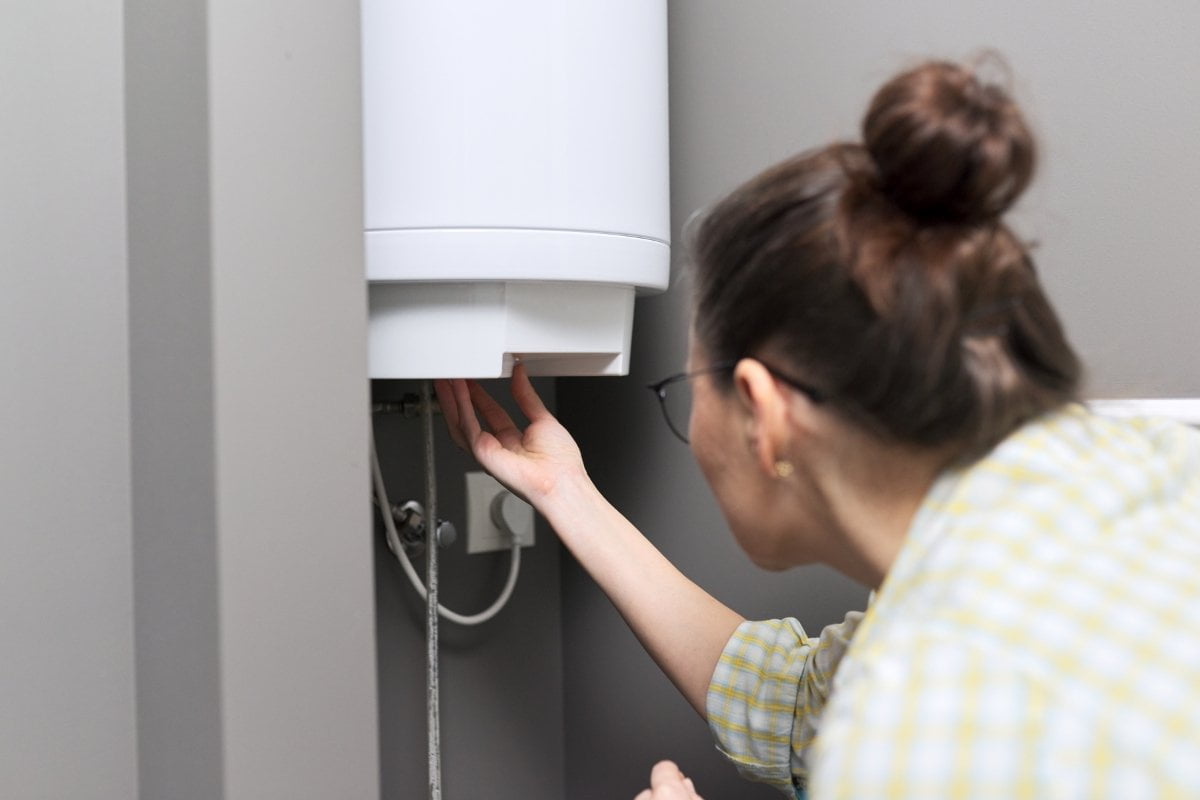It’s no secret that a water heater requires regular maintenance to ensure its optimal functioning. If regular maintenance isn’t done, it can lead to lukewarm showers, lime buildup, and an eventual failure of the unit itself. This is why learning how to flush a water heater is essential to its maintenance and ensure optimal performance.
Rather than shell out hundreds of dollars for a new water heater, it’s much better to invest a bit of time in flushing your water heater annually and make sure any hard water deposits or sediment have been cleaned out. But how exactly do you flush a water heater?
So, if you’re ready to get to work on your water heater, turn off the power and let’s get started. We’ll show you how to flush a water heater like a pro and help you enjoy the benefits of a fully functioning unit for years to come!
Why You Should Flush Your Water Heater
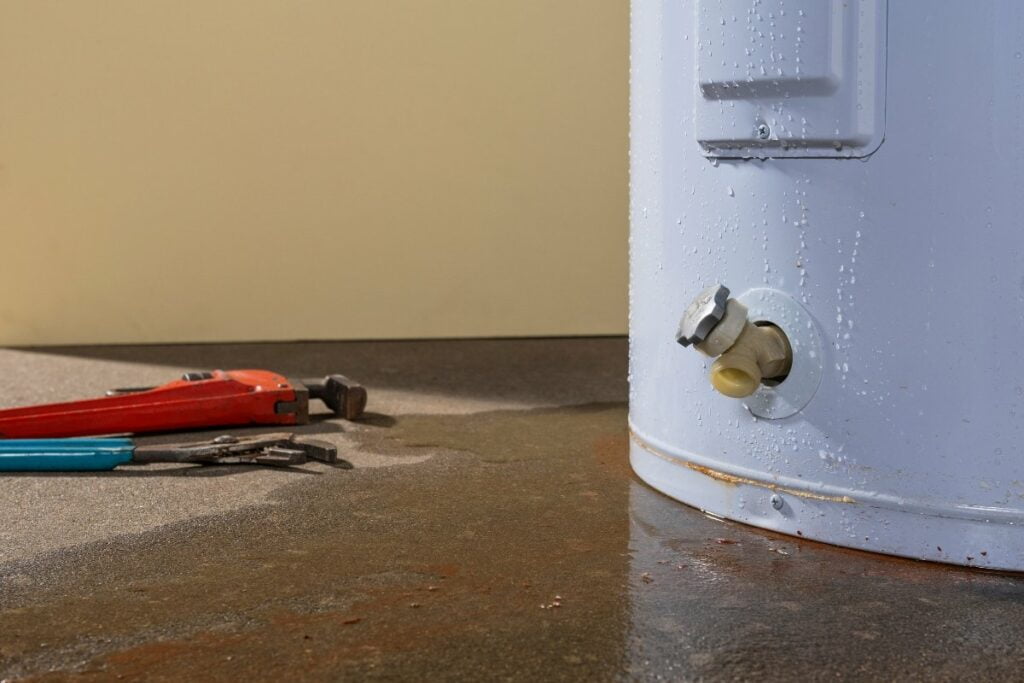
Flushing your water heater on a regular basis is important for keeping it running smoothly and efficiently. Hard water deposits, sediment buildup, and calcification are some of the primary reasons why your water heater may not be performing optimally.
Without regular flushing, these particles can begin to build up in the tank, reducing its lifespan and causing it to run less efficiently. The process of flushing a water heater is quite simple and doesn’t require any special tools or knowledge.
Although it’s a simple process, it can help save you from a lot of potential problems in the future.
Steps to Safely and Effectively Flush a Water Heater
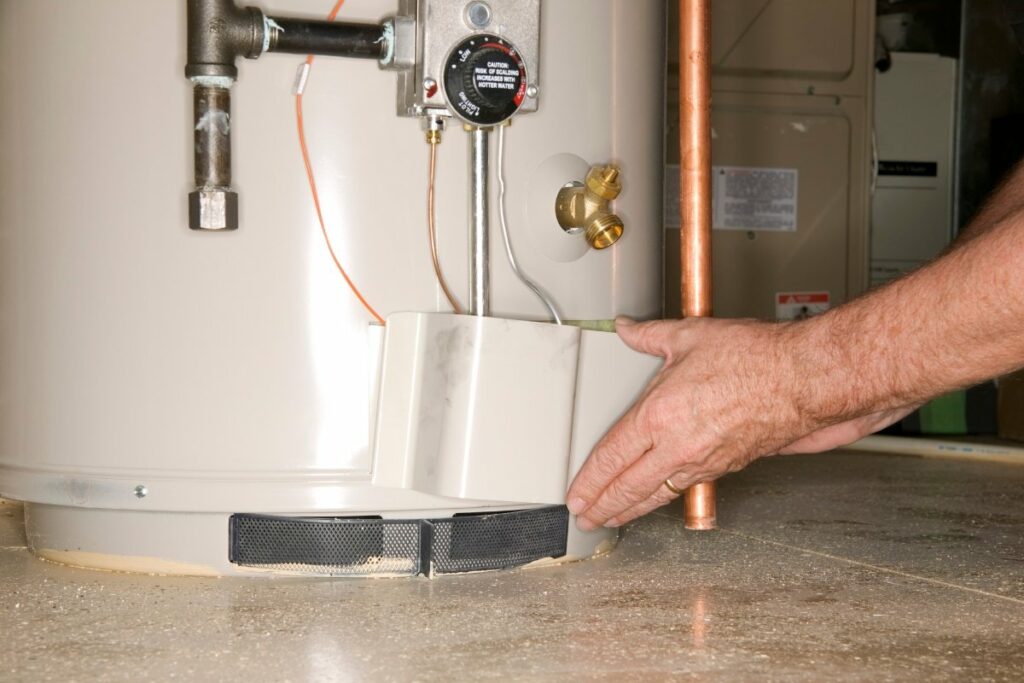
Flushing a water heater is relatively straightforward, and the process is usually quite quick. Here are the steps for flushing a water heater:
- Turn off the power and water to the water heater.
- Connect a garden hose to the drain valve and place the other end of the hose in a safe location where the water can drain without causing any damage.
- Open the drain valve and let the water run until it is clear.
- Close the drain valve and turn the water and power back on.
The entire process should take no more than 30 minutes and is a great way to ensure that your water heater is in tip-top condition. It’s also a good idea to flush the water heater once a year to keep it running efficiently and avoid any buildup.
Preparing Your Home and Water Heater for Flushing
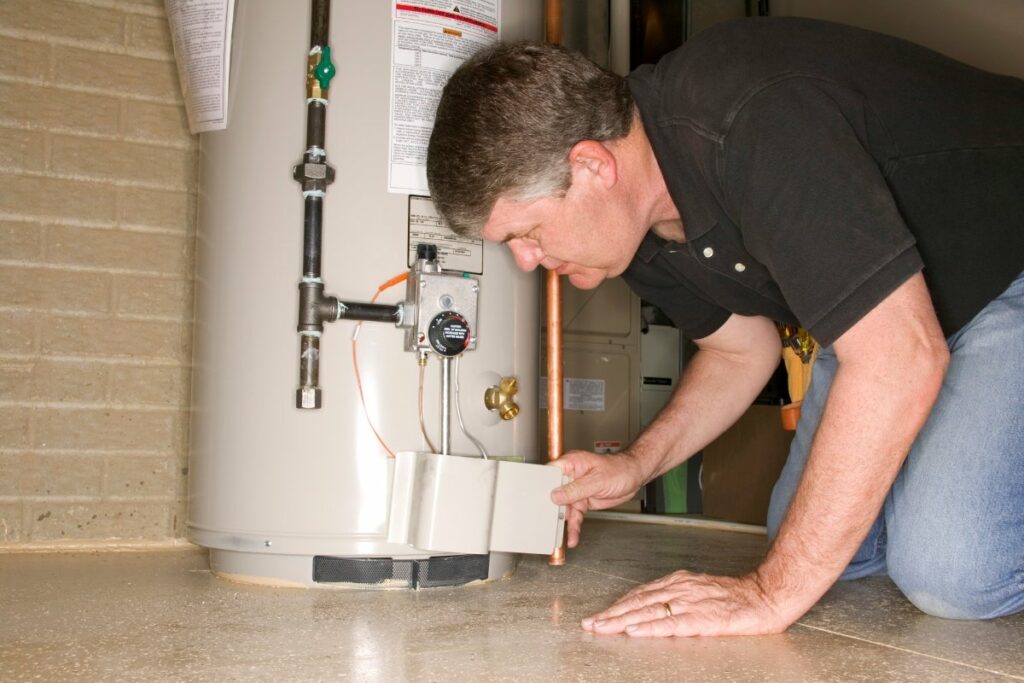
Before you begin the process of flushing your water heater, it’s important to make sure your home and water heater are both prepared. First, make sure that all of the power to the water heater is turned off. Then, shut off the water supply to the water heater.
Once that’s done, you can begin the process of flushing the water heater. It’s also important to ensure that you have everything you need before you begin the process. You’ll need a garden hose and a safe location where the water can drain without causing any damage. Once you have all the necessary materials, the process of flushing a water heater can begin.
Tips to Help Simplify the Process of Flushing a Water Heater
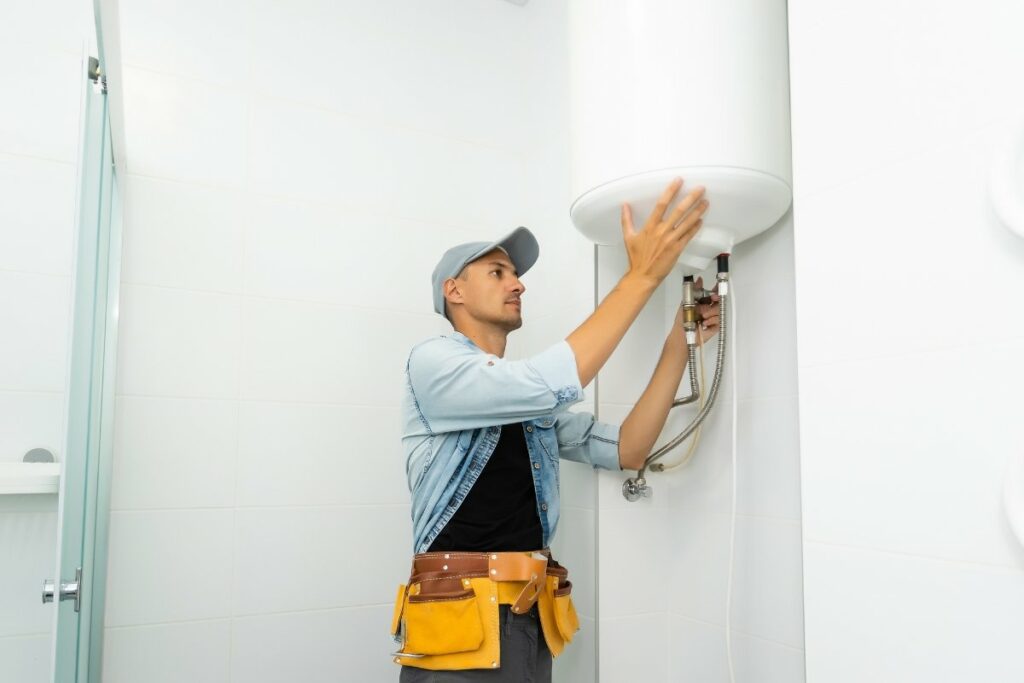
Although the process of flushing a water heater is relatively straightforward, it’s still important to take all the necessary precautions to ensure the job is done safely and effectively. Here are some tips to help simplify the process:
Safety Considerations When Flushing a Water Heater

When flushing a water heater, it’s important to take all the necessary safety precautions. Make sure that the power is off before you begin and that you wear safety glasses and gloves when handling the water heater.
In addition, it’s important to have a towel or bucket on hand to catch any water that may spill during the process. Finally, be sure to use a pressure regulator on the water hose to avoid too much pressure. If you take all the necessary safety precautions and follow the steps for flushing a water heater, you should be able to do it without any issues.
However, if you do encounter any problems or don’t feel comfortable doing it yourself, it’s always best to call a professional.
Common Problems and Solutions for Flushing a Water Heater

Although flushing a water heater is relatively straightforward, it can still be prone to problems. One of the most common problems is sediment buildup in the tank. This can cause the water heater to run less efficiently and can even lead to a total breakdown if not addressed.
To prevent this, it’s important to flush the water heater regularly and remove any debris or sediment from the bottom of the tank.Another common problem is a broken drain valve. If the drain valve is not properly functioning, it can be difficult to flush the water heater. To fix this problem, you will need to replace the drain valve. Finally, if your water heater is not heating up, it could be due to a malfunctioning heating element. To fix this, you will need to replace the heating element with a new one.
Conclusion
Flushing a water heater is an important part of home maintenance and can help to ensure that your water heater is running optimally. It’s also important to take all the necessary safety precautions when flushing a water heater, as well as to be aware of the common problems and solutions. With proper maintenance, your water heater should provide you with years of reliable service. So make sure to flush your water heater regularly and enjoy the benefits of a fully functioning unit!
Of course, your water heater is just the tip of the iceberg when it comes to home maintenance. It’s important to keep an eye on the rest of your home’s systems. For all your home’s heating and cooling appliances needs, CoolPro Heating and Cooling is here for you!
Our team of fully licensed and insured professionals can help ensure that your cooling and heating systems are running smoothly with our range of heating and cooling repair and maintenance services. Feel free to request a free estimate here, or give us a call at 770-694-6232 to see what we can do for you and your home today!

